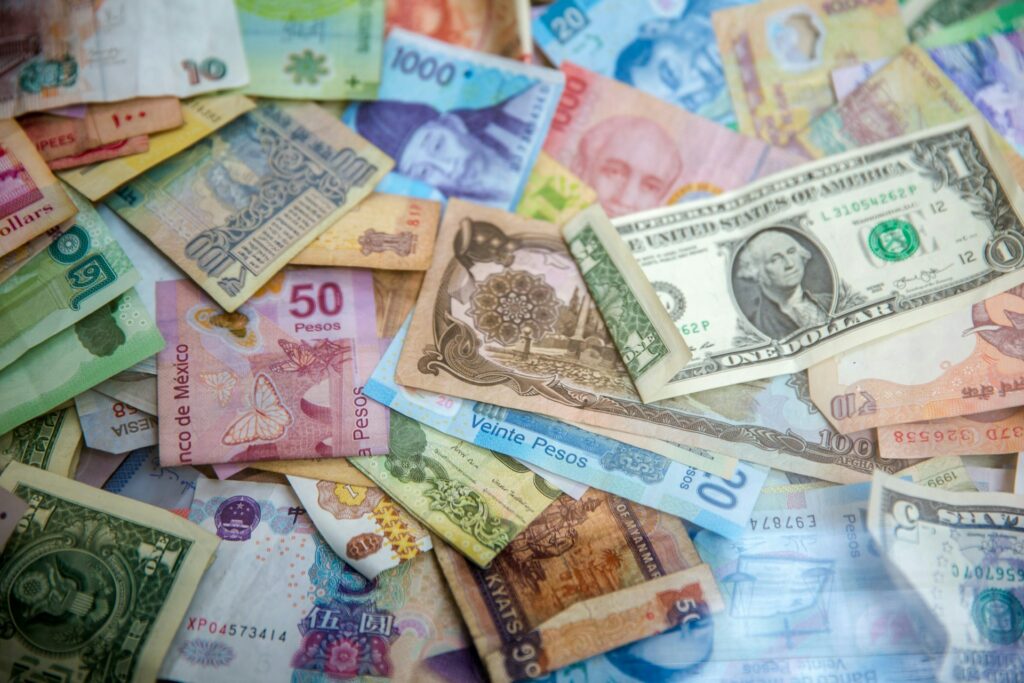Major vs Minor Currency Pairs Explained

Major vs Minor Currency Pairs Explained
It is essential to have a solid grasp of currency pairings while engaging in foreign exchange trading. When dealing with two currencies at the same time, traders always deal with what is known as a currency pair, which is the process of exchanging one currency for another. Major and minor currency pairings are the main categories that these pairs fall into, and it is essential to be aware of the distinction between the two in order to make educated judgments on trading.
Do You Know What Major Currency Pairs Are?
The most frequently traded currencies on the foreign exchange market are known as major currency pairings. These pairs are also regarded as the most liquid and stable. Whether it be as the base currency or the quotation currency, they always contain the United States dollar (USD). Foreign exchange pairings such as EUR/USD, GBP/USD, USD/JPY, and USD/CHF are examples of prominent pairs.
Traders are quite fond of these pairings because of the cheap spreads they provide, the great liquidity they provide, and the regular market research that is accessible. Major currency pairings, in comparison to less-traded currencies, tend to have more predictable price swings. This is because the United States Dollar serves as the principal reserve currency for the whole globe. These possibilities are often selected by traders of all experience levels, including novices, who are searching for opportunities that are steady and consistent.
Do you know what minor currency pairs are?
Even though they are frequently referred to as cross-currency pairings, minor currency pairs do not involve the United States dollar. The euro (EUR), the British pound (GBP), the Japanese yen (JPY), and the Swiss franc (CHF) are some of the other main currencies that are associated with these transactions. The EUR/GBP, EUR/JPY, and GBP/JPY currency pairings are all examples of minor pairs.
Even while minor pairs have the potential to provide lucrative trading opportunities, they often have spreads that are somewhat larger and liquidity that is lower than that of big pairs. Minor currency pairings are more volatile and often less predictable than major currency pairs because price movements in minor pairs may be driven by a mix of variables that impact both currencies.
The Most Important Distinctions Between Major and Minor Pairs
The liquidity, volatility, and trading costs of major and minor currency pairings are the primary distinctions between the two types of currency pairs. The worldwide demand for the United States Dollar (USD) causes major pairings to be extremely liquid, to have spreads that are more narrow, and to have market moves that are more predictable. The opposite is true for minor pairs, which are less liquid, have the potential to be more volatile, and often have somewhat higher trading fees.
When traders are looking for steady trading conditions and dependable market data, they often pick prominent pairs as their trading partners. Traders who are interested in diversification and possibilities in currency movements other than the USD are likely to discover that minor pairings are appealing. To develop a trading strategy that is well-balanced, it is necessary to have a solid understanding of these distinctions.
Trading Major and Minor Pairs: A Guide to Trading
The trading of major pairs is often suggested for novice traders because of the liquidity and stability of these pairs, which makes them simpler to evaluate. Because of the tendency for certain pairings to be impacted in predictable ways by news events, pronouncements from central banks, and economic data, traders are able to construct strategies with a greater degree of confidence.
When trading minor pairings, it is essential to pay close attention to the economic circumstances of both of the currencies involved. There are potential for bigger gains that might be presented by volatility; nevertheless, it also comes with an elevated risk. When trading these pairs, traders should undertake comprehensive both fundamental and technical research, and they should also consider implementing more stringent risk management.
Both major and minor currency pairings come with their own set of benefits and factors to take into account. It is good for novices or those who are looking for regular trading patterns to trade major pairs since they are liquid and steady. Although minor pairings provide diversity and the possibility of larger profits, they also entail a greater risk and need careful study. It is vital to have a thorough understanding of the features of each kind of pair in order to achieve success in foreign exchange trading and to construct a strategy that is in line with your level of risk tolerance and your financial objectives.






